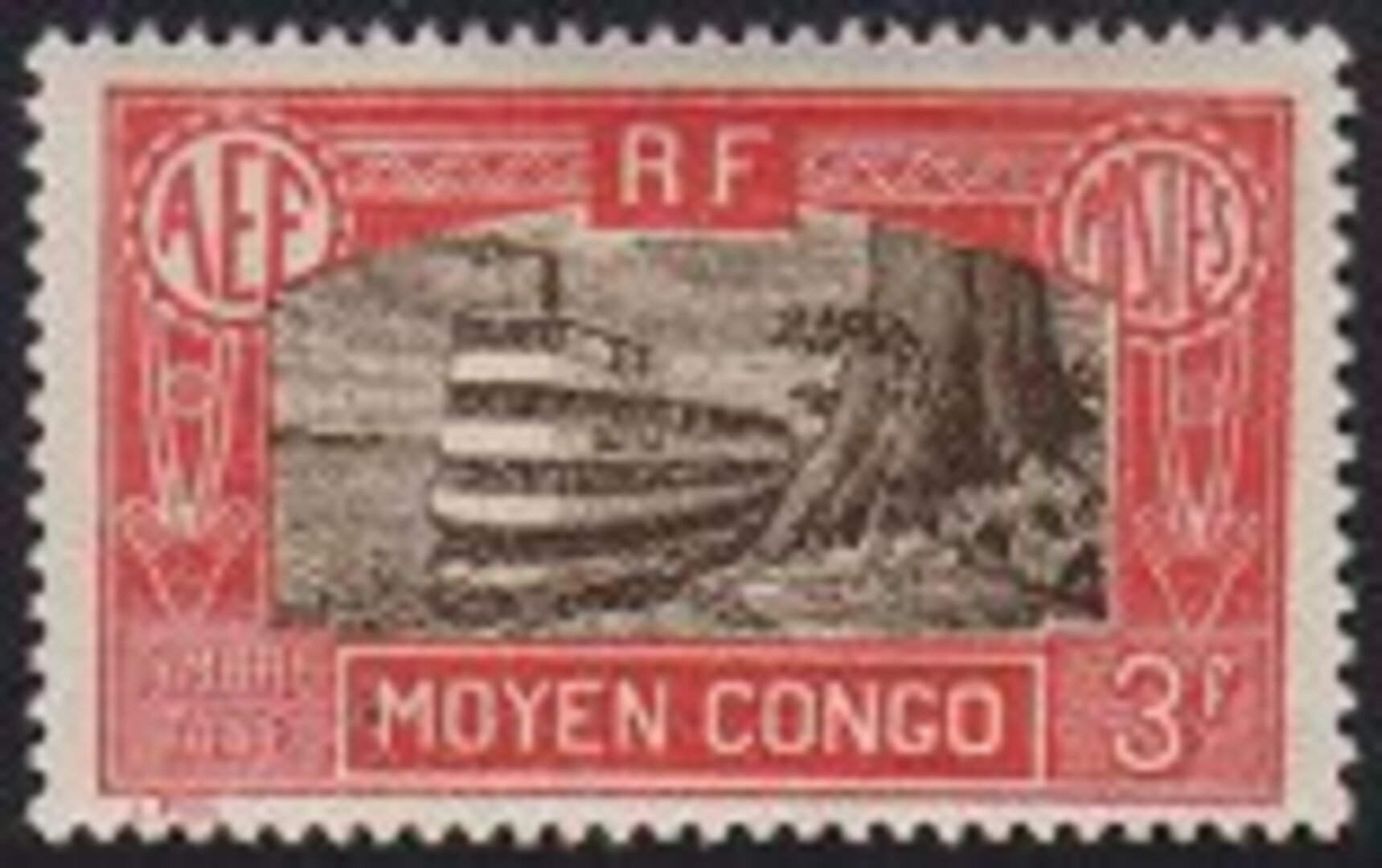I adore French colonial stamps. At its peak, in the 1930s, the French Colonial Empire was made up of over one hundred countries and dependencies spanning the globe from the Pacific, Atlantic and Indian Oceans incorporating vast tracts of South East Asia including Indo-China, Africa, Polynesia and India to parts of the Caribbean, South America and Antarctica. It covered a huge expanse of nearly five million square miles. The number and variety of stamps that were issued is understandably as vast.
Unlike the British Empire issues of the same period the French colonials are often colourful, pictorial… and relatively inexpensive (it would not be unusual to find, for example, a beautiful ‘long’ pictorial definitive set from the 1930’s/40’s for just £10 or £20…)
Although the first colonial stamps were issued on Reunion in 1852 (following Britain’s first Colonial stamp issued by her near neighbour Mauritius in 1848), French Colonial philately did not rapidly advance until during the latter half of the 19th Century as France followed a policy of global expansion joining the generation of “super powers” that included Great Britain, other European countries, Russia and Japan.
Collectors will occasionally find early domestic French stamps used in the many colonies that didn’t issue their own and in 1859 the so-called “General Issues” were created to satisfy the need for stamps throughout the vast & complex burgeoning Empire, the first issue spanning 1859 to 1866 was the six “Eagle and Crown” values from 1c to 80 Centimes; the distinctive circular frame surrounds an eagle with a crown above and is in contrast to the later issues which closely resembled those domestic French issues bearing Napoleon III, Ceres and the “Peace and Commerce” design. The final issue of 1881-86 utilising the “Commerce” design was the last to be utilised in all of the French Colonies, as variations in the exchange rates made it necessary for them to have their own currencies.
Many colonies began their stamp issuing tentatively; the earliest issues from French Guiana, Morocco, Tahiti, Alexandria & Port Said, Tangier, Zanzibar, New Caledonia, St Pierre et Miquelon to name just a few, overprinted and handstamped current French stamps to fulfil their immediate need for local issues and currency. By the 1890’s some spectacular pictorial issues appeared, I particularly love the imperforate Obock and Djibouti stamps of 1894 with their lovely combinations of colours.
We all have our favourites; the modern (often engraved) commemoratives of the French Southern and Antarctic Territories have proved to be durable favourites with several generations of collectors; or the unusual blending of Asian and European for the stamps of French Indo-China always catch the eye; I might vote for French Polynesia because of the preponderance of designs featuring pretty girls (alongside stamps my other favourite thing) or perhaps Madagascar with the atmospheric classics of Diego-Suarez, the myriad surcharges of Nossi Be and the exotic Provisional handstamps of 1904-06.
Certainly the desire to learn more increases when one sees the extensive range available. Some collectors consider that these remarkable stamps are more artistic, imaginative, adventurous and less conventional than those of their European Empire building contemporaries. Suffice to say there are many memorable, colourful, original and exotic stamps that have been issued up to the present day. All are a testament to the skills of the engravers and designers who seized upon the opportunity to explore and use the natural resources, scenery, indigenous tribes, animals and fauna drawn from many of the countries and produce lasting and beautiful images that are as vibrant now as they were when issued.


 General
General
 General
General
 General
General